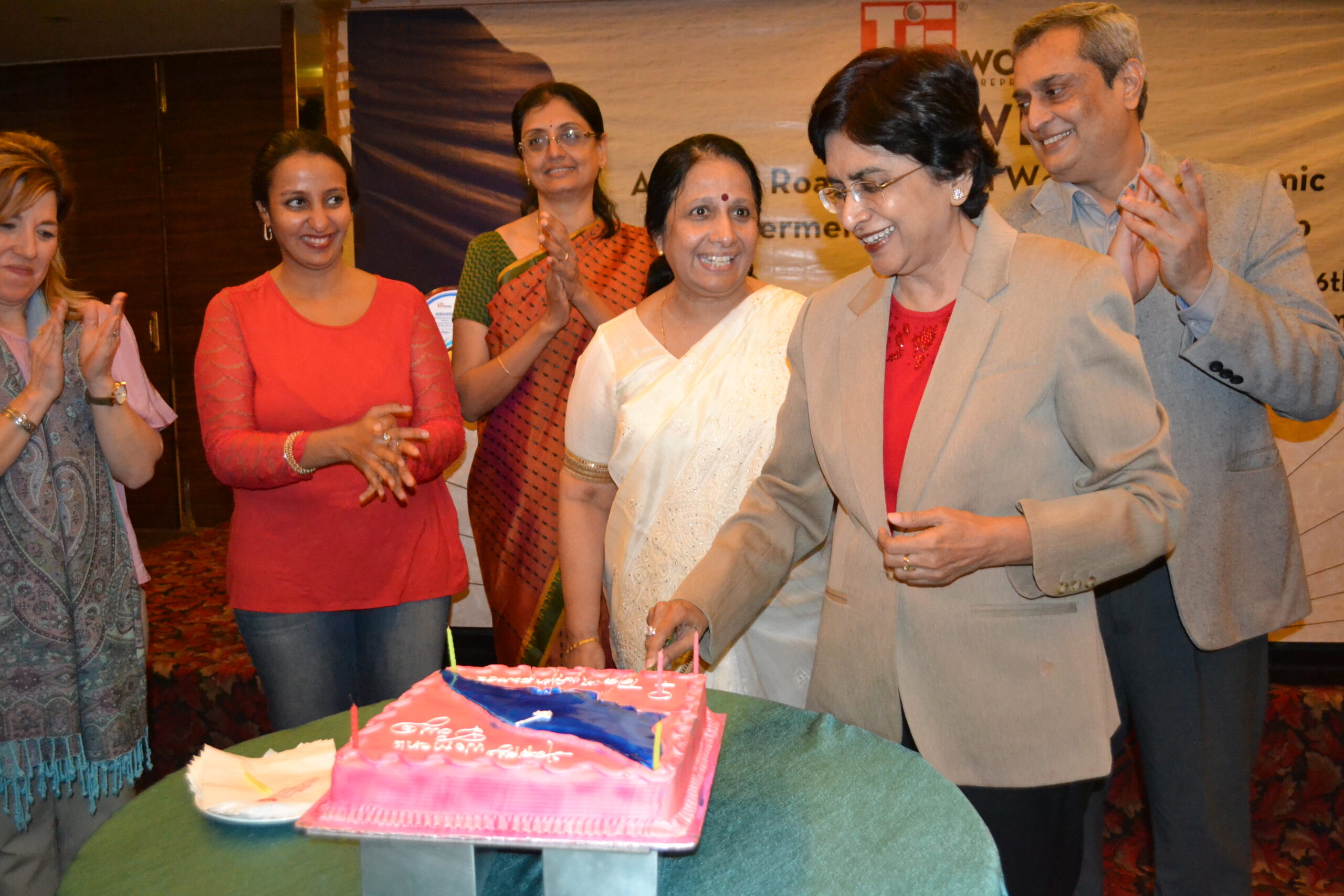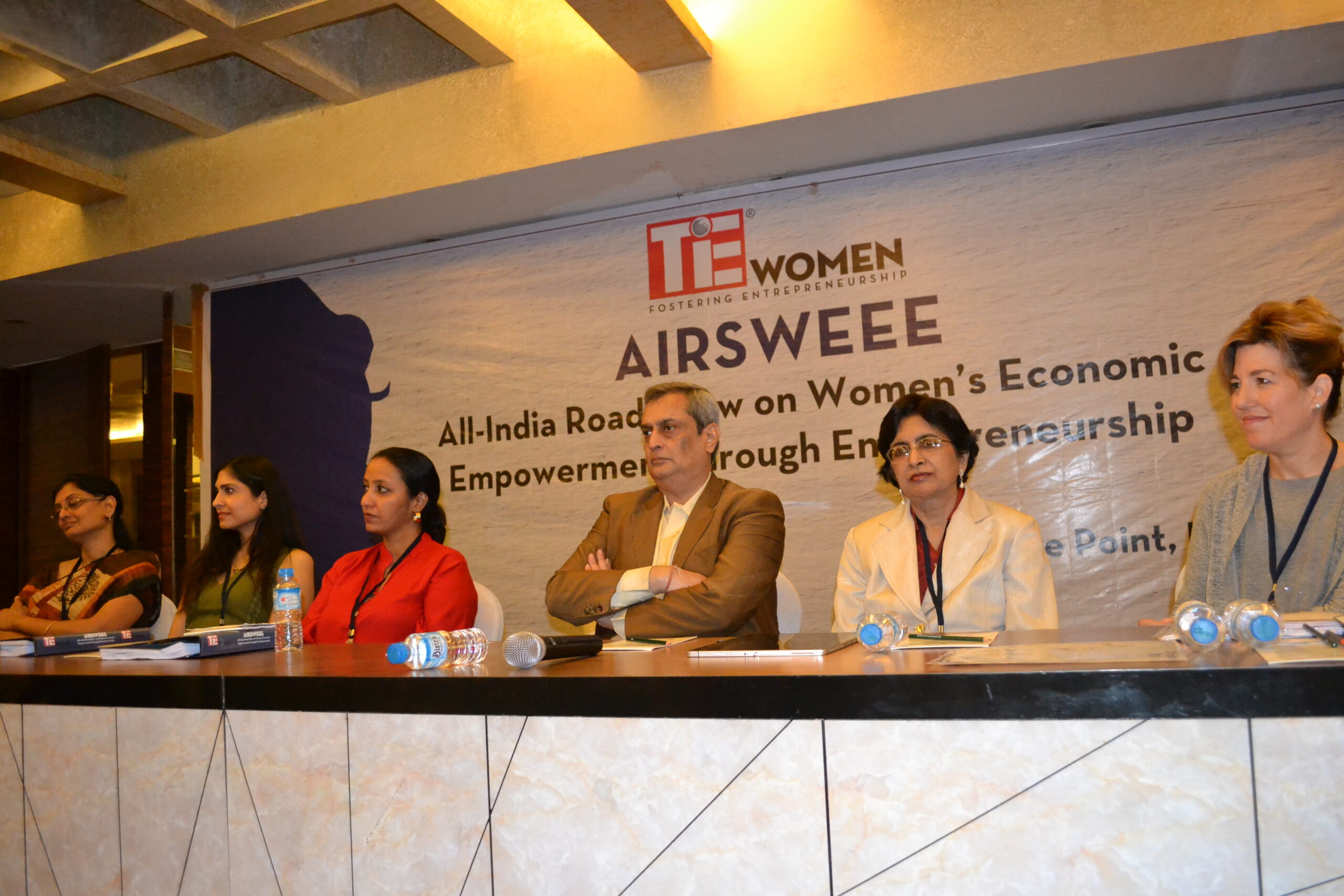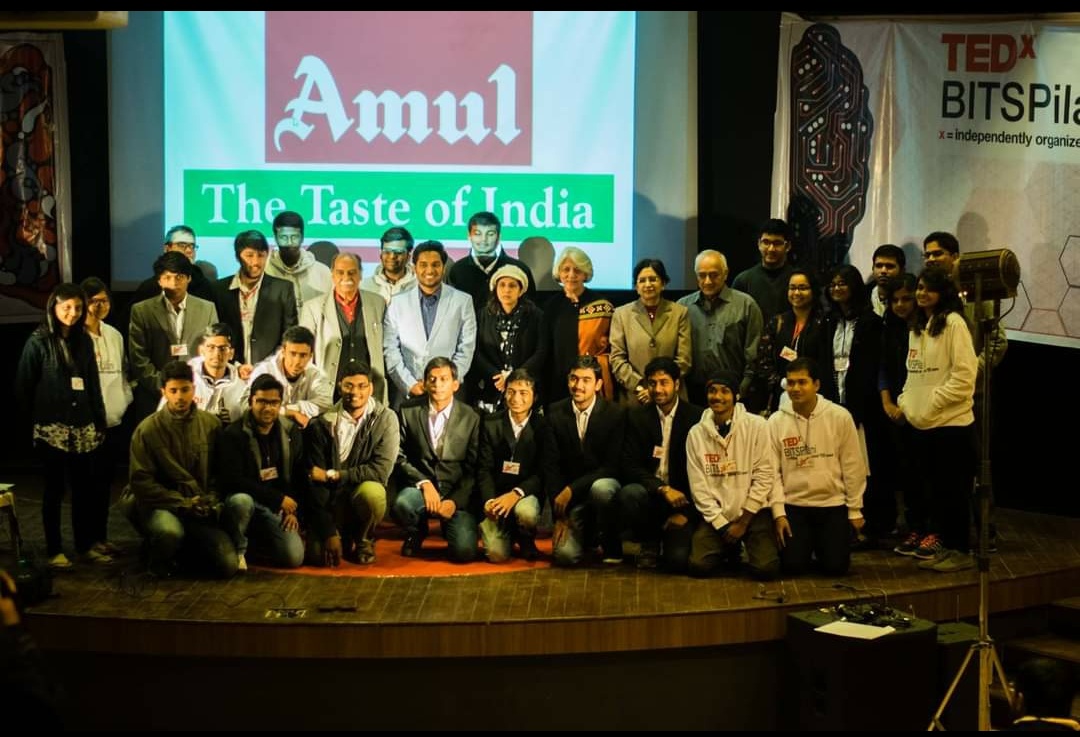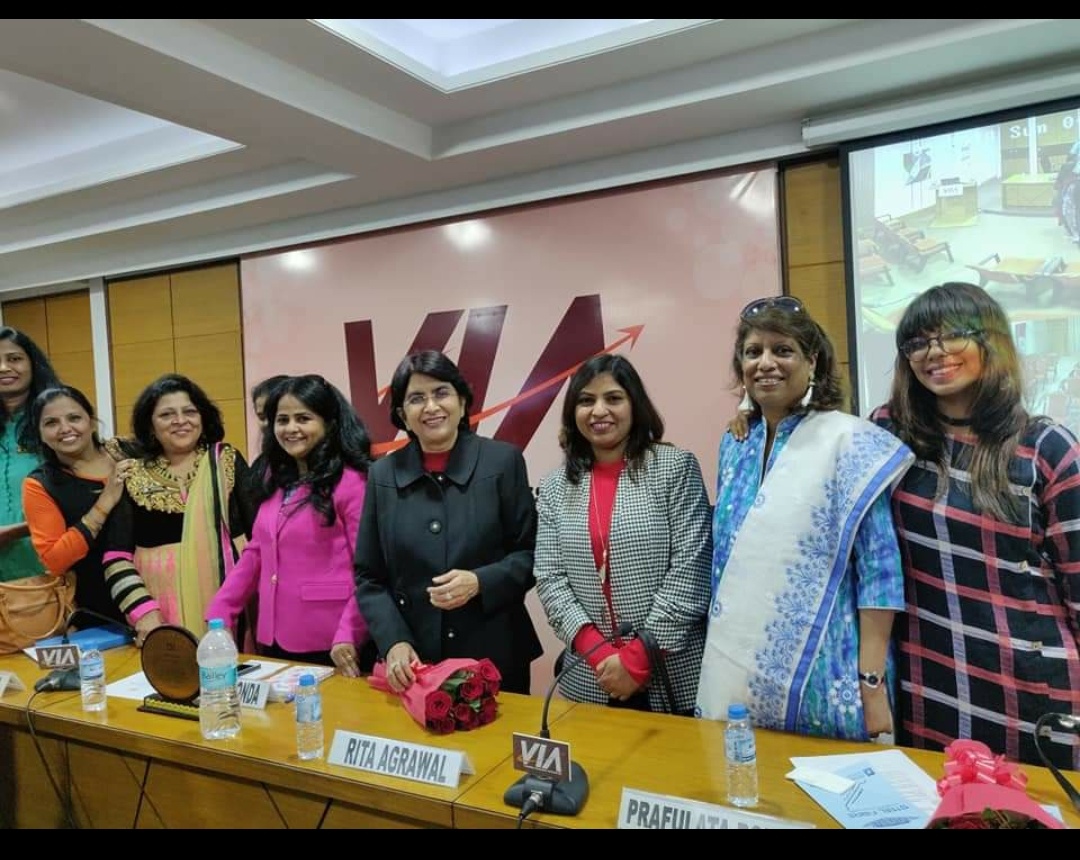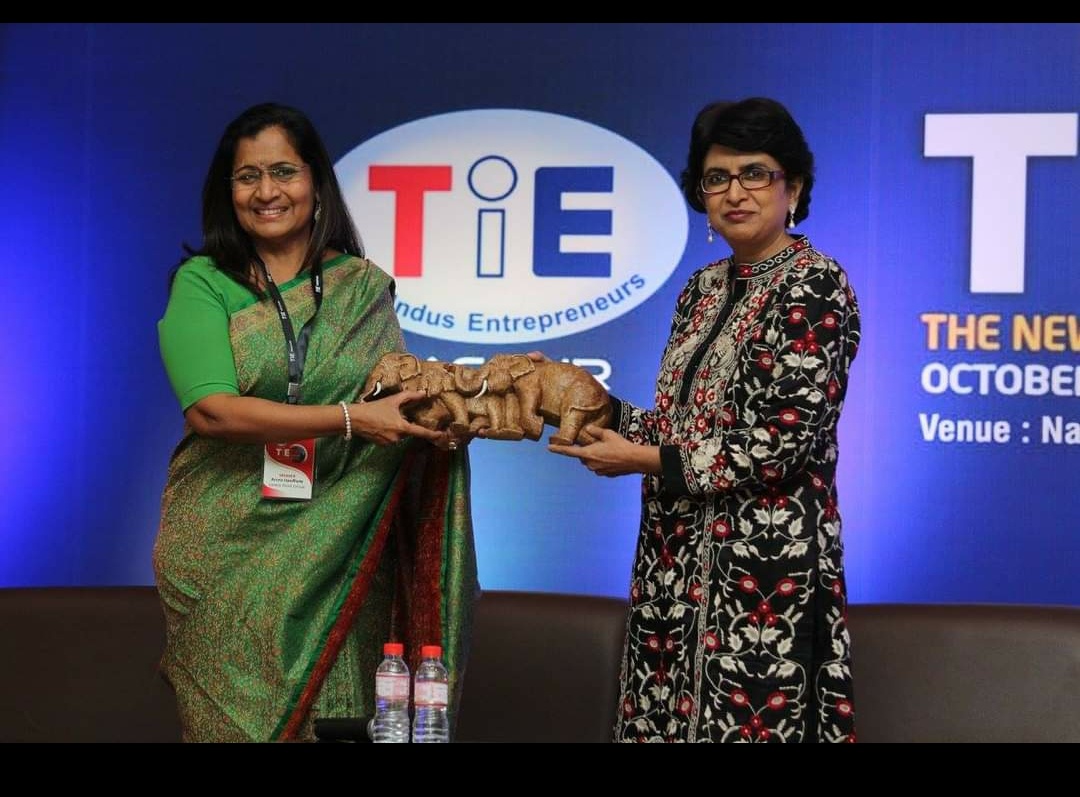“Freedom to flow”- 4 February 2014
From the moment Sandeep took over as the new General Manager of the company and started talking to various workers on the shop floor, he began realising that it was difficult for him to make the employees talk freely. Most of them looked over their shoulders, lowered their voices, and almost whispered rather than talk. When Sandeep asked for suggestions to improve the working standards, most workers appeared disgusted or even bitter. That confused Sandeep because in his previous assignments, such a poser would bring cheer to the faces of workers, but here things seemed different.
One worker who had put in more than 12 years in the company asked bitterly, “Why do you want our suggestions when you don’t want to consider those positively?”
Another man responded, “Sir, this suggestions thing has no meaning”. And yet another, a much younger guy, almost exploded saying that he had no faith in the management’s capacity to listen to what workers had to say.
Those comments explained everything.
On deeper enquiries, Sandeep found that the company has something called suggestion-box into which workers were expected to drop their creative suggestions or ideas. When Sandeep saw the suggestions box, he asked his secretary to open it. The man asked back, “How can one open it without the key?” He then informed his boss that the key to the box had long been lost and whatever suggestions workers pushed in through the slit were never read because the access was blocked.
The whole thing was sheer mockery, and Sandeep understood why workers were disgusted or bitter. He smiled to himself, and directed his secretary to call for a general meeting of the entire workforce of nearly a thousand persons — from the shop floors to offices.
At that meeting, Sandeep blasted the dirty practice of a suggestions box that could not be opened because the key to the lock had been lost. And then he made a promise to all, “Look friends, the past is past, and now I look forward to future. From now on, I am introducing a new system of Open Hour from Monday to Friday at 3 p.m. post-lunch. I will make myself available to anybody and everybody for a maximum period of ten minutes each. Anybody and everybody is welcome to see me in my office and talk to me for a maximum of ten minutes. During this time, you can make your suggestions and discuss issues.
“For each of the valid points, I will make a time-frame commitment in which I will seek your cooperation to sort out the issue. By Saturday evening, I will make up my mind on all the issues I heard and communicate to all of you what the company could do. Even after I make up my mind, you will have the right to appeal for change. By doing this, we will bring into our company a democratic set up in which all of us will have an opportunity to make significant contribution.”
The entire workforce appeared stunned as Sandeep made the announcement. First, they did not believe what they heard. Then began a little interlude of skepticism. But slowly, things settled down and Sandeep’s three-O-clock darbar started yielding results. In just a few weeks, the whole atmosphere in the company changed dramatically. To the Board of Directors, Sandeep explained things simply: “I just gave them freedom to flow. I am convinced that everybody has a fund of creative ideas that make him flow. If he is allowed to use those ideas freely, he will flow and that will help the company in the long run.”
This appears such a simple process. But sadly speaking, in most workplaces, such opportunities are rarely available. What is available, instead, is a vice-like grip of bureaucratic methods that actually block creative flow from enriching the company’s cultures as well as coffers.
